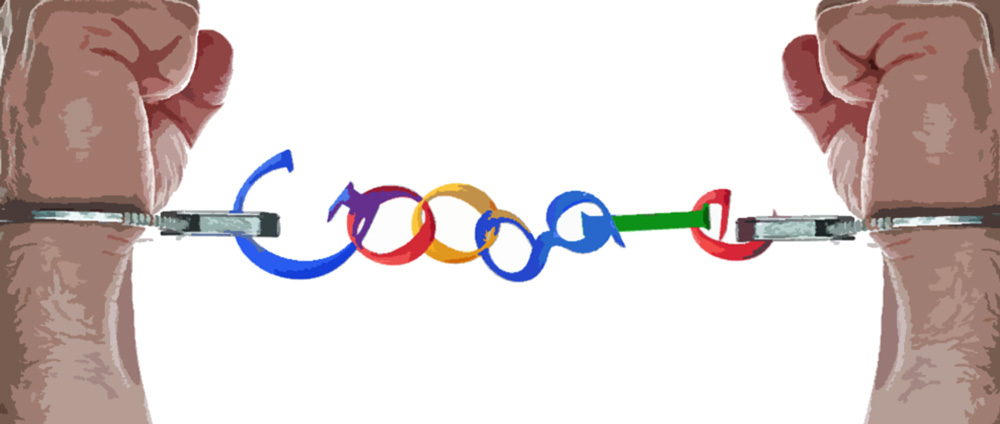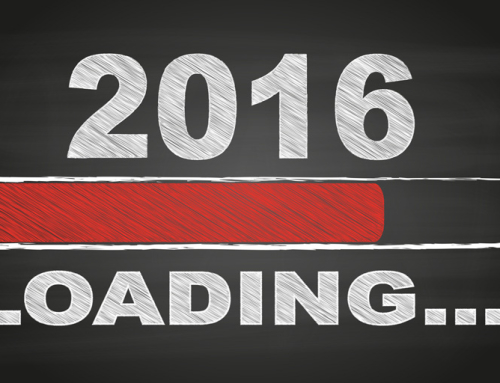We’re going to give it to you straight – if you want to rank on Google, your on-page SEO needs to be right on the mark. Remember, while the search engine giant is built on a powerful framework, you still need to give it an idea of what your site is about (and what you’d like it to rank for).
However, many people are often frozen into inaction due to confusion on what should be done or fear of a Google penalty. While over-optimisation is certainly more than just an urban myth, doing nothing is even more dangerous. To help get your on-page on its way, implement the following tips today.
Improve SEO with Title Tags
This is perhaps the most important piece of optimisation that you’re going to do, so make sure you get it right straight off the bat. Don’t make it too long or convoluted – remember that users will see this as your listing title on Google. Instead, keep it short and to the point.
In terms of keywords, don’t stuff your title full of relevant terms. Put your main keyword in the title once, alongside additional text to make sure it ‘blends’ and doesn’t look too obvious.
Your Content
First of all, abide by the golden rule: Content Is King. If you want to rank on Google, make sure your content is relevant, focused, rich, and useful. Short and sweet has its place, but your content needs to be nice and juicy. Try and make it a page of authority, something that people will come back to again and again.
Sprinkle relevant long-tail keywords in your content, without making it look spammy. Write a piece that’s not just for robots, but will spur people to share it on social media platforms as well. Include images, videos, graphs, you name.
The URL
Your URL should be specified every single time. Don’t let your CMS (Content Management System) name your pages by default – otherwise, you’ll end up with URLs that look similar to: http://www.yoursite.com/2123.html. Naturally, this doesn’t tell Google anything about what the page is going to be about.
Once again, watch that you don’t stuff your keywords in there like a madman. Keep things simple and relevant, with proper category structures as well.
Links
It’s important that you interlink between pieces of content on your site. Think about Wikipedia and how they do it – each and every article has links to other places on the same website. The links are related to the piece, helping users find information.
You not only want to add internal links, but make sure you get some outbound links as well. After all, you’re part of an ecosystem and you should ensure you let Google know about it. Link to sites that are relevant in your field (but not competitors), letting Google know that your site knows what it’s talking about.
IMG Alt Tags and File Names
Your images should all have descriptions within the alt tags, while file names should also be related to the keyword you’re trying to rank for. Don’t just stuff your keyword all over the place, but instead find synonyms and other terms that are related.
Need More Help?
We understand that this article has gone into the nitty gritty – it may either be reaching the limits of your technical know-how, or you may have developed a bit of a headache already.
If this isn’t the kind of thing you want to be doing yourself, give us a call. We’re a leading Bristol SEO agency that’s ranked countless of keywords using the strategies described above, in addition to a wide range of advanced strategies.







Leave A Comment
You must be logged in to post a comment.